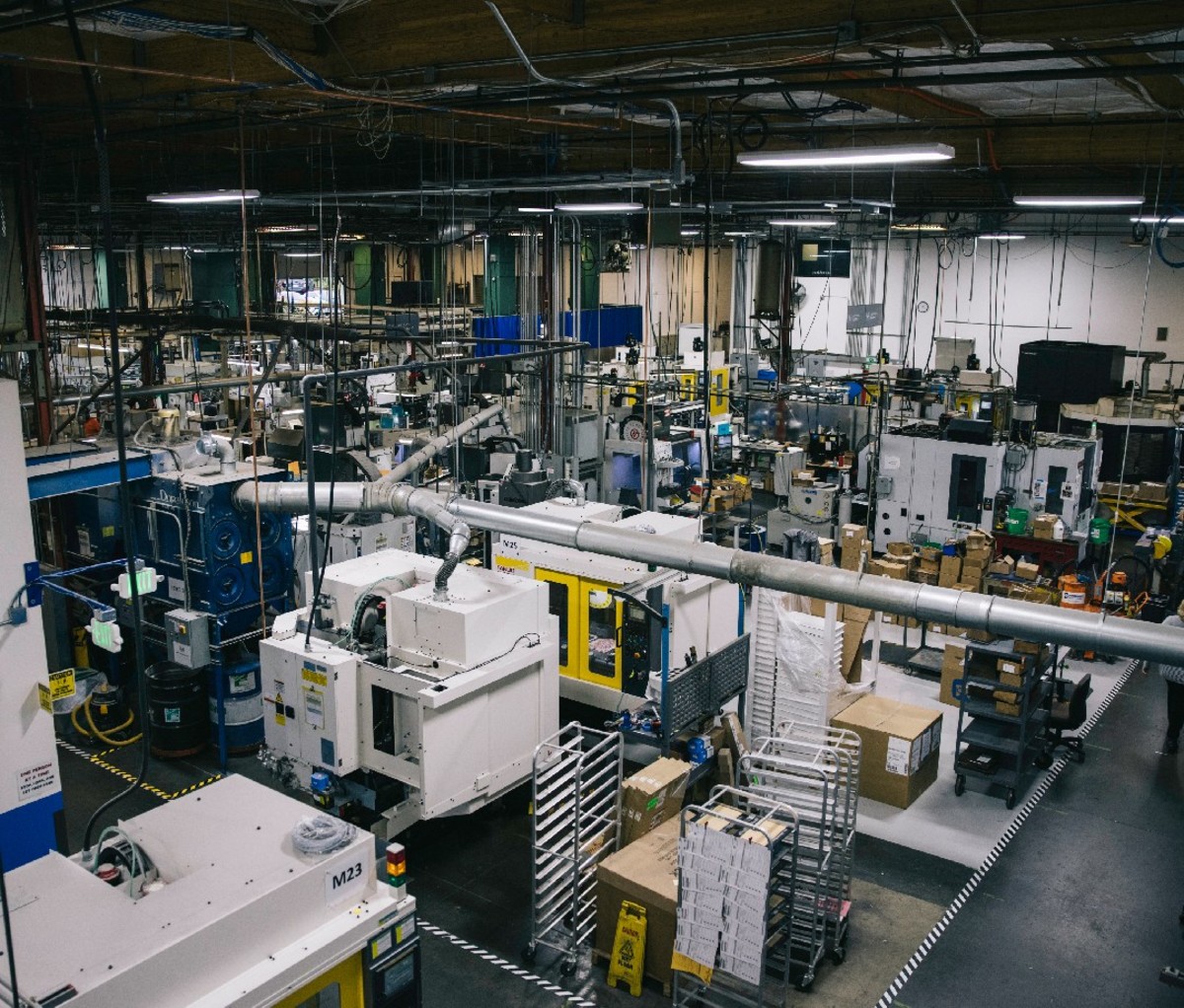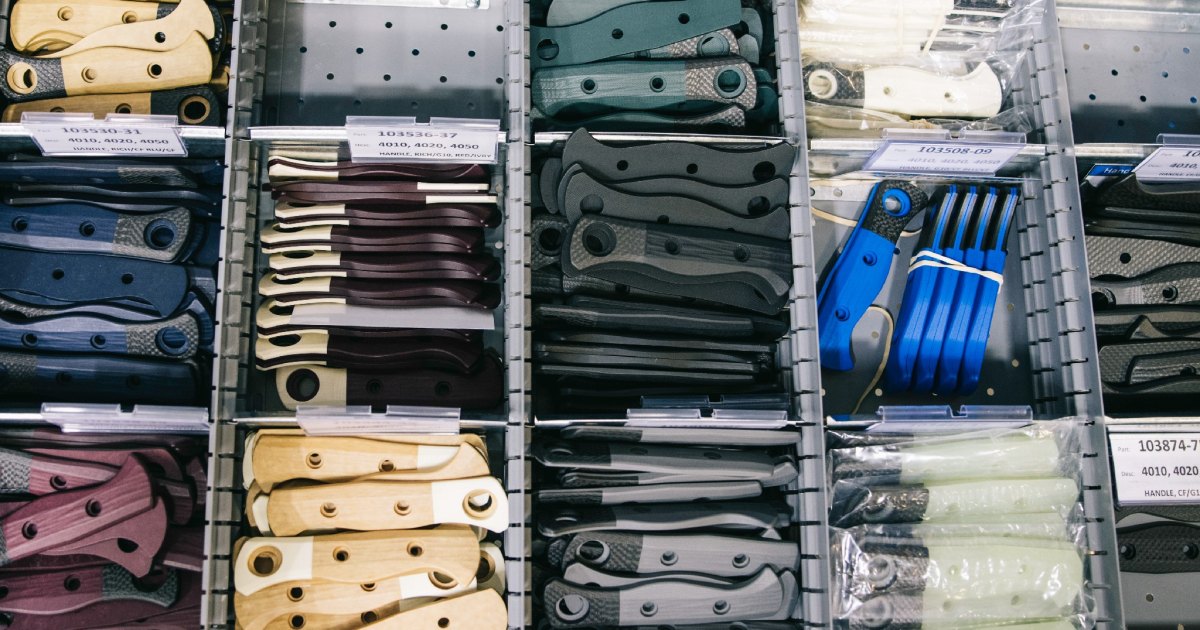No products in the cart.
Fitness Tips
Inside Benchmade, America’s Largest Knife Factory
An hour south of Portland, Oregon, in a mixed-use neighborhood backed up against Mt. Hood National Forest, is an unassuming two-story building with a large butterfly logo on the front. Adjacent to a large cinema, the country clerk, a few apartments, and a performing arts center, its drab, mall-like exterior isn’t exactly what one envisions when invited to tour the largest knife factory in the country.
Yet, as I would learn, the simple facade is emblematic of what Benchmade Knives stands for: blue collar ethos and a deep attention to customer needs. Inside, the space is much larger than I’d assumed. In total, a 144,000-square-foot facility that houses a small storefront, corporate headquarters, research lab, the factory floor, and distribution. The family-owned knife maker tests, fabricates, and ships all of their products here—spanning tactical, hunting, cutlery, and other specialized lines.

Just some of the specialized machines used to produce a single knife at Benchmade’s Oregon City-based factory. Courtesy Image
The Beginning of the Benchmade Knife Co.
The Benchmade story started in the late 1970’s, when company founder Les de Asis developed a new version of a Bali-Song knife in a machine shop. As a Filipino growing up in Los Angeles, Les loved the way this knife felt, how easy it was to open with one hand, and how it reminded him of Filipino culture. However, due to the stigma around butterfly knives, few were being made in America at the time.
An entrepreneur at heart, Les picked the name Benchmade to represent the quality he wanted put into every product. He envisioned a large operation with machine-precision parts paired with hand-assembled finished products. From the start, he was committed to making all of their knives in America, often sourcing from local and regional suppliers in Oregon. While he knew hand crafting would drive up costs, Les prioritized a high-end product—and this was the only way to do it. Offshoring wasn’t an option.
Source link

